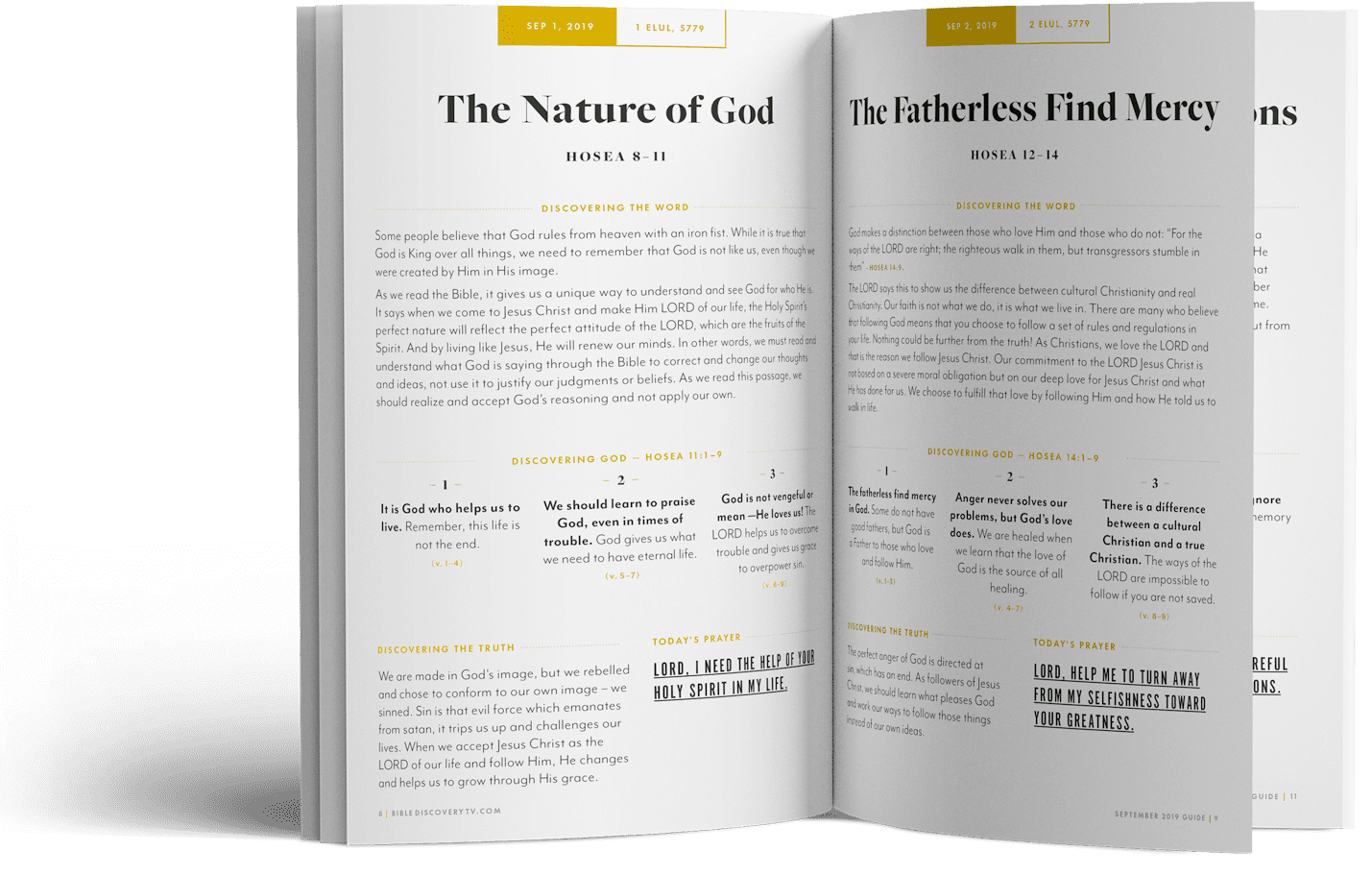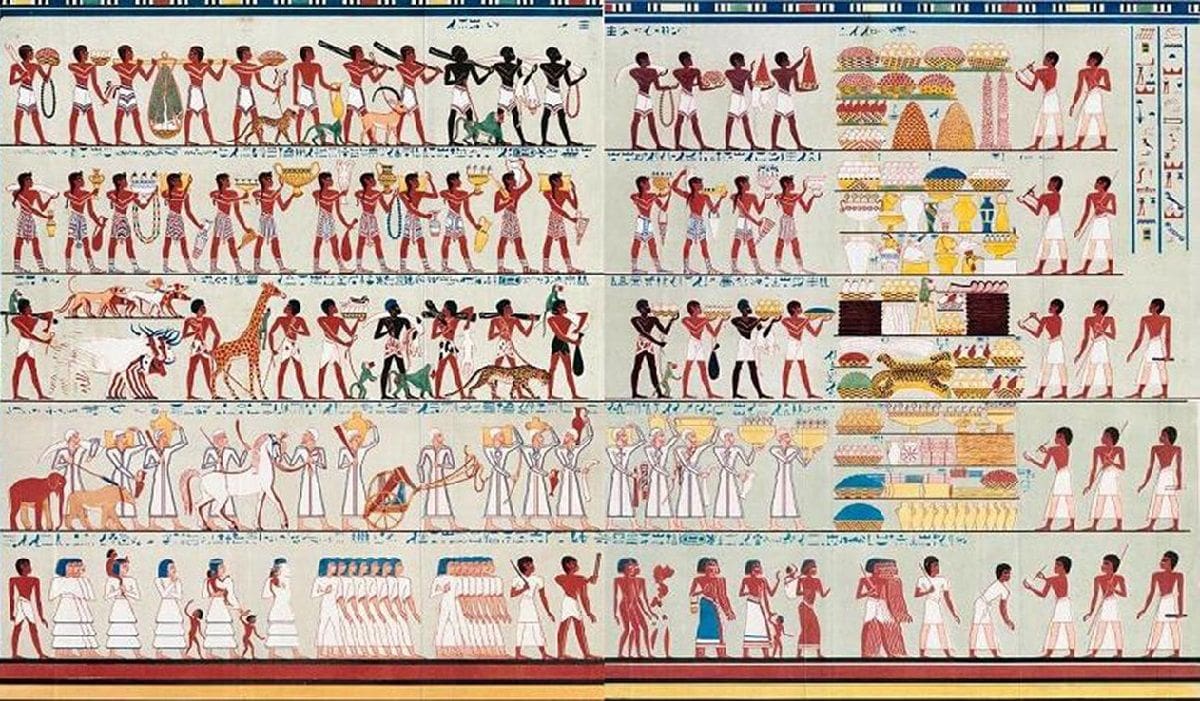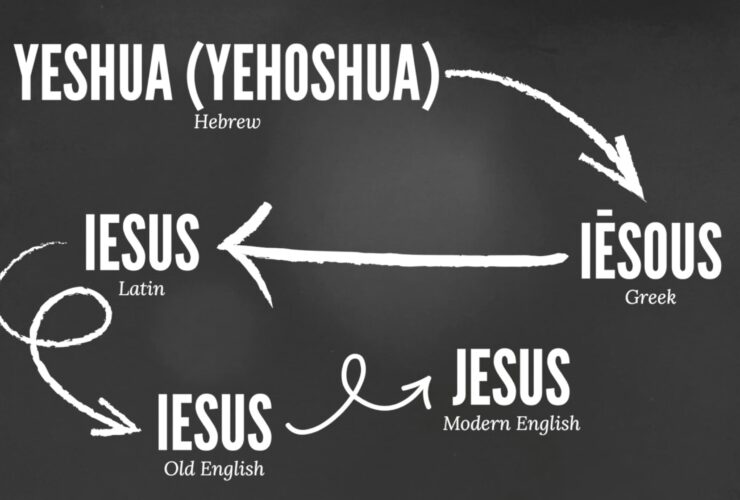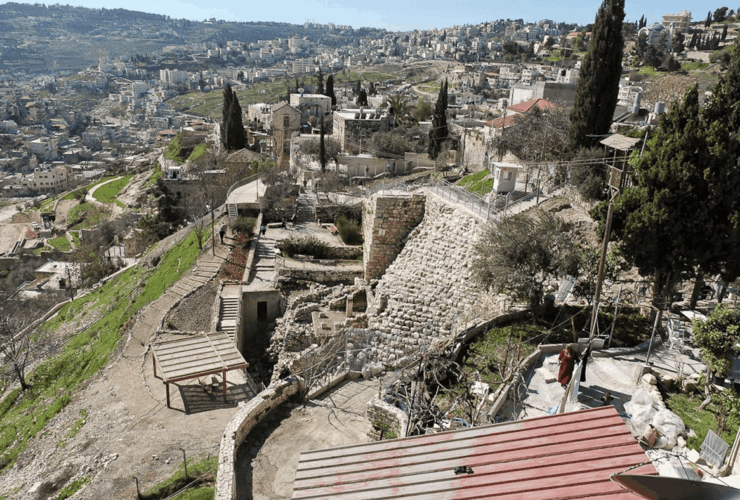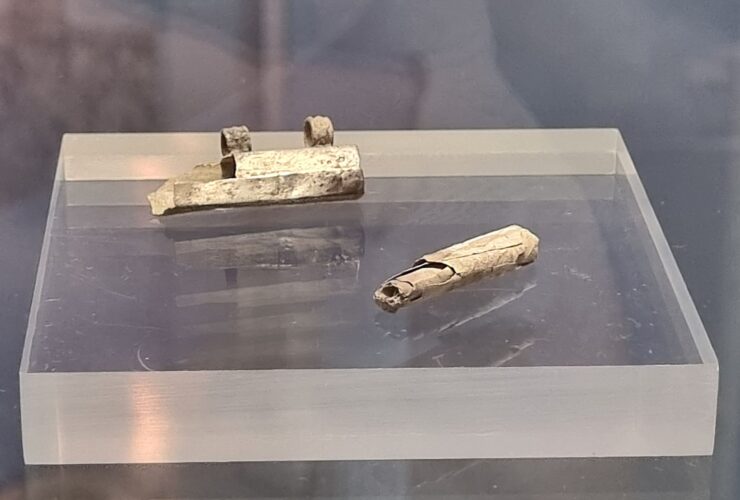Although it has become fashionable to relegate the Exodus story recorded in the Bible to mythology, and to claim that “there is no evidence that Hebrews lived in Egypt, no evidence related to events of the Exodus, and no evidence of the Israelites wandering in the wilderness”, in reality, several Egyptian artifacts “suggest otherwise and actually support many elements of the Exodus and wandering narratives.”[1]
1. Papyrus Brooklyn (Hebrew servants in Egypt)
One of these artifacts is known as the Papyrus Brooklyn. This papyrus is dated to around the 17th century BC and contains the names of 95 servants. Significantly, 30 of these are Semitic and of those 9 seem to be specifically Hebrew names. Based on the dating, this puts the Hebrews in Egypt during the time shortly after Joseph and before the Exodus when Israel was living in Egypt and then later were made slaves just as the Bible says.[2]
2. Brickmaking slaves in Egypt (Tomb of Rekmire)
Other Egyptian artifacts that attest to Hebrew slavery in Egypt include a mural discovered in the tomb of Rekmire as well as various papyri. The mural depicts slaves of different ethnicities including Semites performing various tasks. “In particular, the slaves make bricks using mud and straw formed in a mold, dried in the sun, and then transported for use in construction projects.”[3] This is precisely what Exodus records.
3. Admonitions of an Egyptian Sage (The Poetic Plagues)
Another Egyptian artifact known as the Admonitions of an Egyptian Sage is a poem evidently composed between the 16th-14th centuries BC which speaks of “a time in which the natural order in Egypt was severely disrupted by death, destruction, and plagues.”[4] Descriptions of rivers of blood, pestilence, and a flesh disfiguring disease that make Covid-19 look like a gentle walk in the park are eerily similar to the Exodus account of the ten plagues.
4. Elephantine Stele of Amenhotep II (Pharoah of the Exodus)
Another significant Egyptian artifact is the Elephantine Stele of Amenhotep II. Based on chronological markers as well as many other factors, Amenhotep II is believed by a growing number of Christian scholars to be the pharaoh of the Exodus. One reason for this is this stele which, among other things, describes his military campaigns of which there were only two. This is an extremely low number considering his father had conducted 17! But, if the Egyptian army had suffered a tremendous loss, as the Bible records, then the Egyptian military would be seriously weakened. This would explain Amenhotep’s lack of campaigns and why his second campaign was “primarily a slave raid.” If the Hebrews had escaped Egypt as the Bible records, then they would’ve needed to replace those slaves. Hence, this stele (like the other Egyptian artifacts) is consistent with what’s recorded in Exodus.[5]
5. Nomads of YHWH (Wandering in the wilderness with Yahweh)
Other Egyptian artifacts that support the Exodus account, include hieroglyphic inscriptions mentioning the “land of the nomads of YHWH.” These inscriptions dating to around the time of the Exodus or shortly thereafter “were discovered on the walls of two New Kingdom Egyptian temples and a temple pillar in Sudan…[And] Since the only ancient people known to have worshipped Yahweh were the Israelites or Hebrews, it logically follows that these nomads were the Israelites before they settled in Canaan.”[6] Other Egyptian texts from this time period even identify these people of Yahweh as tent dwellers. This perfectly describes the Israelites during their 40 years of wilderness wandering, as recorded in Exodus.
So much for the idea that “there is no evidence that Hebrews lived in Egypt, no evidence related to events of the Exodus, and no evidence of the Israelites wandering in the wilderness!”

Ryan Hembree is a daily co-host, speaker, and writer of Bible Discovery. He also hosts a YouTube channel that shows the unity of the Bible and how science and Scripture fit together. Ryan also has an honorary Masters of Ministry in Creation Science from Phoenix University of Theology.


